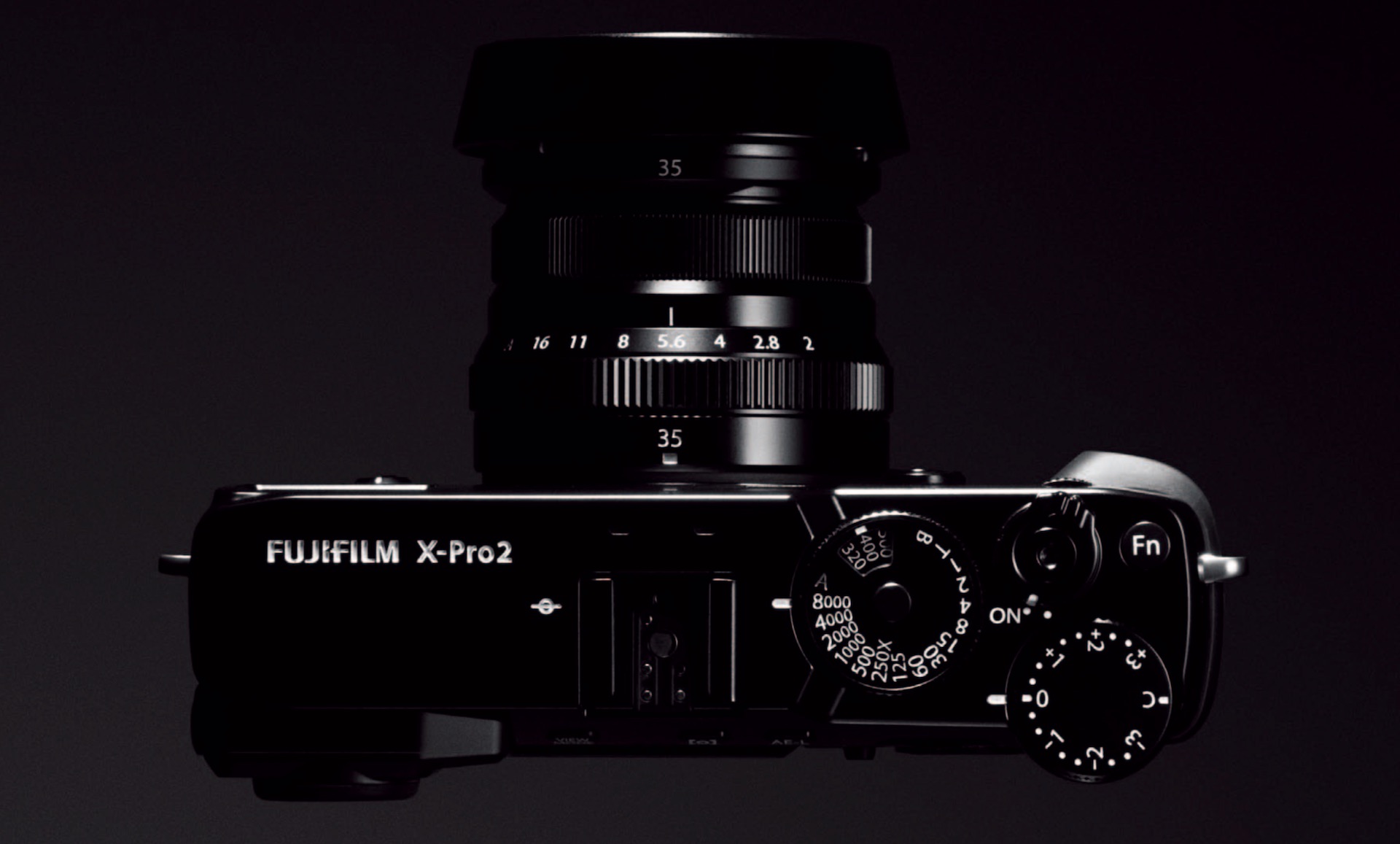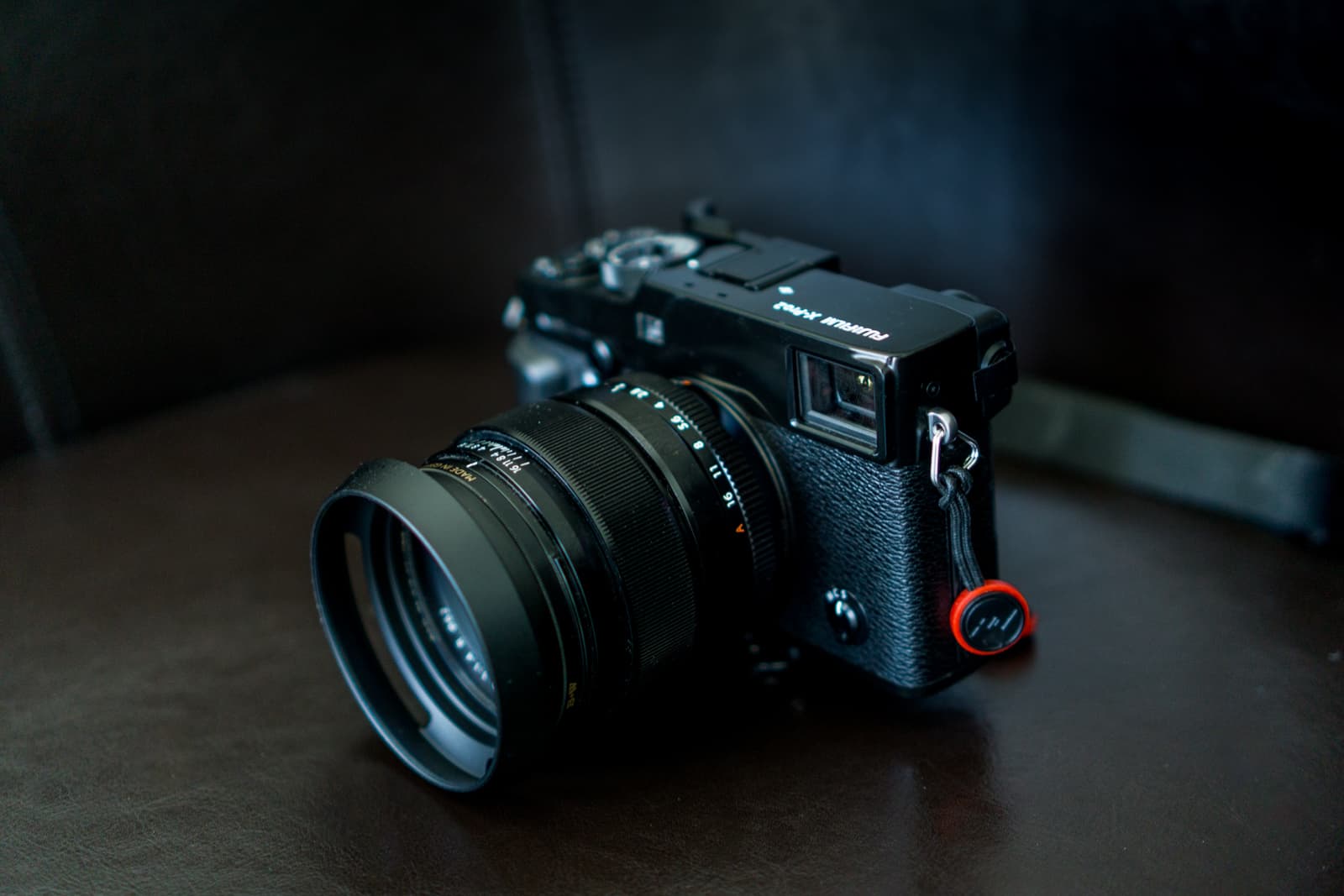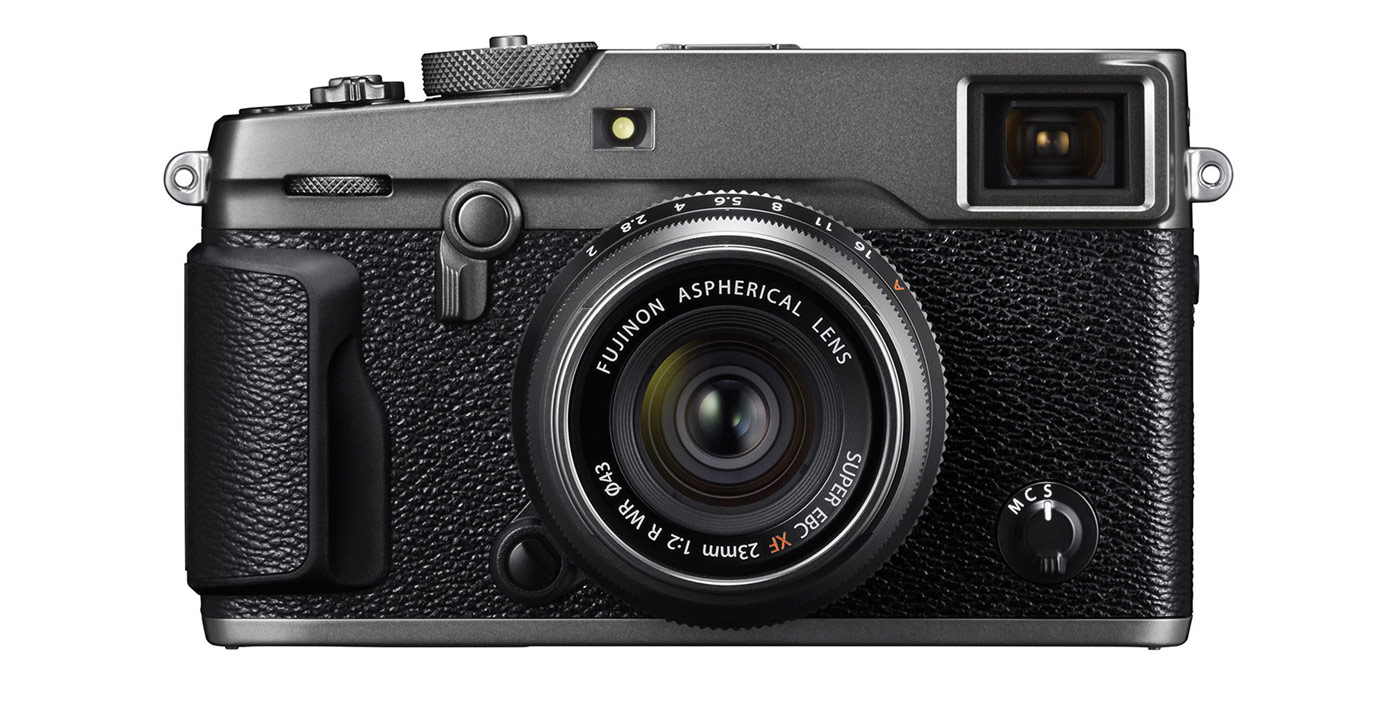

When using the OVF, you lose all the benefits of a mirrorless system for visualizing your shots. I will add one more thing here that takes away from the overall X-system experience. I understand that for a certain crowd, this OVF could be a great addition, but for AF shooters, it's more trouble than it's worth. This means you have to focus and recompose for almost every single shot. But with autofocus (and honestly, that's what I work with almost all the time), it's just too difficult to work with as the frame jumps to compensate after autofocus locks on.
#Fujifilm xpro 2 manual#
It works well with manual focus as turning the focus ring adjusts for parallax in real time. At first, it was a novelty to see what was possible with the optical viewfinder, but in the end, the parallax error simply made it annoying to work with. Honestly, I use the EVF 100 percent of the time now.

The viewfinder is what rangefinder fans continuously sing the praises of.

Perhaps it's the hybrid viewfinder that necessitates the extra size, but see my next point for that.
#Fujifilm xpro 2 series#
With a body like the X-T2 or even the X-E series rangefinder-style the space on the body is far better utilized. There is a lot of unused body space despite that increase in size, which to me seems like more of a homage to an outdated design than an actual useful decision. In addition to the poor grip, the camera is also larger than any other X system camera. The X-Pro2 simply doesn't give you enough to grip. With the X-T1 and X-T2, you have something substantial to hold onto. Honestly, the additional lip for holding onto the camera may as well not be there. A step back to a time when you couldn't hold onto your camera. It's a step back in time in terms of design. The grip is minuscule at best on this camera. This, coupled with the lack of any light-blocking edges like the X-T2 makes for a lackluster experience in the Fuji X lineup. I politely declined and added a dot of glue to the eyepiece. When I approached Fuji to fix the issue, they asked for $50 as the whole viewfinder cover comes as a single piece in their parts orders. Since then, it has been falling off in my bag quite frequently. Luckily, I noticed right away and was able to find it. Three days in, the eyepiece ring fell off. It can be quite annoying when switching between the X-T2 and X-Pro2. Being in different positions on the front and back takes a lot of muscle-memory adjustment to get used to. I also find that the jog-dials on the front and back of the camera are far more awkward than the X-T2. This is something that still annoys me, even after a month of using the camera. You get used to them, and of course the AF-L button can be remapped, but the AF-E is a stretch for the fingers that you shouldn't have to make for such a frequently used function. This makes it really tough to feel and press the correct button without taking the camera away from your face. The AF-L and Q buttons are on the far right of the back of the camera, and are flush with the camera body. On a Fuji X camera, the buttons and dials shouldn't be a problem. So, let's get into my gripes with the X-Pro2. The only real difference between these two cameras is in the way they operate. Also bear in mind that the sensor is exactly the same as the X-T2, and so image quality is equal. The price was right, and I knew I would be using the electronic viewfinder most of the time, so the rangefinder design didn't really bother me. You might wonder why I would invest in an X-Pro2, then. I've used the M3, M6, and M9, and have found them to be some of the most irritating bodies that I have ever used. I am also not a fan of rangefinder cameras generally, and have absolutely despised every Leica body I have used. Keep in mind as you read this that I come from SLRs and DSLRs, and the Fuji X-T1.


 0 kommentar(er)
0 kommentar(er)
